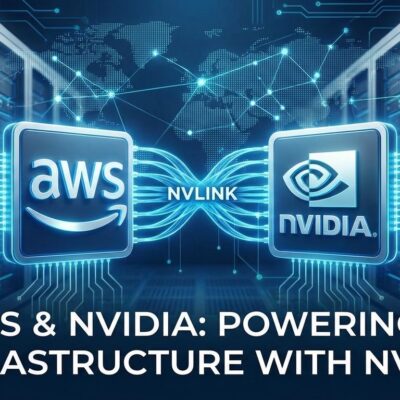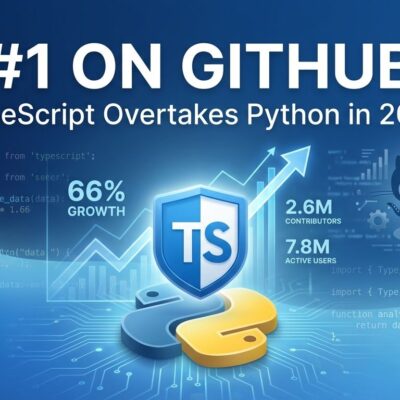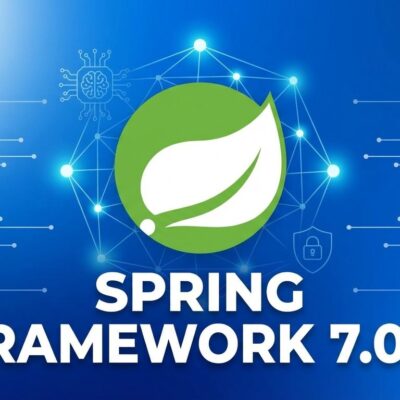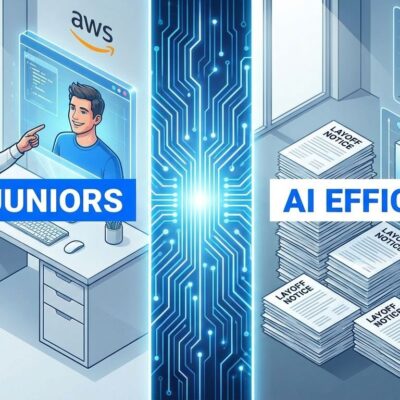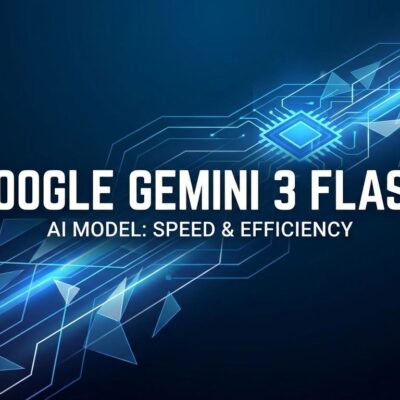
Cloudflare’s Replicate Acquisition: The Edge Inference Play
Cloudflare just made deploying AI models as easy as deploying serverless functions. On November 17, the edge computing giant announced its acquisition of Replicate, bringing 50,000+ production-ready AI models to Cloudflare Workers AI. For developers, this consolidates AI deployment under one platform—but raises critical questions about whether edge inference and serverless architecture fit every AI workload.
The deal positions Cloudflare squarely against AWS Bedrock, Google Vertex AI, and serverless specialists like Modal and RunPod. With 330+ data centers worldwide and millisecond cold starts, Cloudflare’s betting that edge-native AI beats centralized GPU farms. The question is whether developers agree.
What Changes for Developers
Replicate’s team promises continuity: the API stays unchanged, existing applications keep running, and the brand continues as a distinct entity. That’s rare in tech acquisitions, where “integration” often means disruption. But the promise comes with caveats. As Replicate merges into Workers AI over the next two months, pricing and performance could evolve.
For Replicate’s thousands of users, the practical impact depends on how well Cloudflare preserves what made the platform valuable: simplicity. Replicate built its reputation on making model deployment trivially easy—one line of code to run any of 50,000 models. If Cloudflare’s enterprise focus complicates that simplicity, the acquisition loses its appeal.
The financial details stay undisclosed, but Replicate’s $40 million Series B from Andreessen Horowitz and Nvidia Ventures suggests Cloudflare paid significantly for this catalog. The real value isn’t the models themselves—most are open-source—but the deployment infrastructure and developer trust Replicate built.
The Serverless AI Trade-offs
This acquisition is less about Replicate and more about Cloudflare racing to own the AI infrastructure layer. The serverless AI movement promises zero infrastructure management, pay-per-use pricing, and instant scaling. Cloudflare’s edge network adds a twist: run AI closer to users for lower latency.
The trade-offs are real. Serverless AI solves deployment pain but introduces constraints. Cold starts, though improving—Cloudflare claims millisecond performance with V8 isolates—still exist. Limited GPU control means you can’t fine-tune hardware for specialized workloads. Vendor lock-in risk grows when your entire AI stack lives on one platform.
Serverless works brilliantly for inference, APIs, and bursty traffic. It breaks down for training, fine-tuning, and consistent high-volume workloads. Cloudflare’s custom “Infire” inference engine, built in Rust, aims to maximize efficiency, but the physics of shared infrastructure remain.
How Cloudflare Stacks Up
The competitive landscape matters. Modal offers pure Python workflows with 2-4 second cold starts and zero infrastructure thinking—ideal for Python-native teams. RunPod provides low-level GPU access with sub-2-second cold starts via FlashBoot, perfect for cost-sensitive teams needing control. AWS Bedrock delivers enterprise scale but suffers from 5+ second cold starts and complexity that drives many customers to third-party tools.
Cloudflare’s edge inference differentiates it. Running AI in 330+ data centers, close to users, theoretically reduces latency. But whether edge inference truly beats centralized GPU farms—or is clever marketing—depends on your workload. If your users are global and latency-sensitive, edge wins. If you’re batch-processing or need specialized GPUs, centralized infrastructure might serve better.
The integration with Cloudflare’s ecosystem—Vectorize for vector search, AI Gateway for caching, R2 for storage—creates a one-stop shop. That convenience competes directly with AWS’s breadth and Google’s Vertex AI, but with a developer-first focus that enterprise platforms often lack.
What Developers Should Do
If you’re a current Replicate user, monitor the integration closely. Test performance as changes roll out. Have a backup plan—evaluate Modal or RunPod as alternatives if simplicity degrades. Watch for pricing evolution; acquisitions often bring “optimization.”
For new projects, evaluate based on your workload, not hype. Serverless AI isn’t magic. Test cold starts, latency, and cost for your specific use case. Consider vendor lock-in: how easily could you migrate if Cloudflare’s strategy shifts?
The bigger picture is consolidation. AI infrastructure is racing toward one-stop shops. Cloudflare, AWS, and Google want to own your entire stack. Specialized tools like Modal, RunPod, and Hugging Face offer best-of-breed alternatives but fragment your toolchain. The convenience versus flexibility trade-off is real, and only you can decide which matters more.
Cloudflare’s acquisition of Replicate isn’t just M&A news. It’s a bet that edge + serverless + massive catalog equals the future of AI deployment. Whether developers buy that vision depends on whether the integration preserves Replicate’s simplicity or buries it under enterprise complexity.






